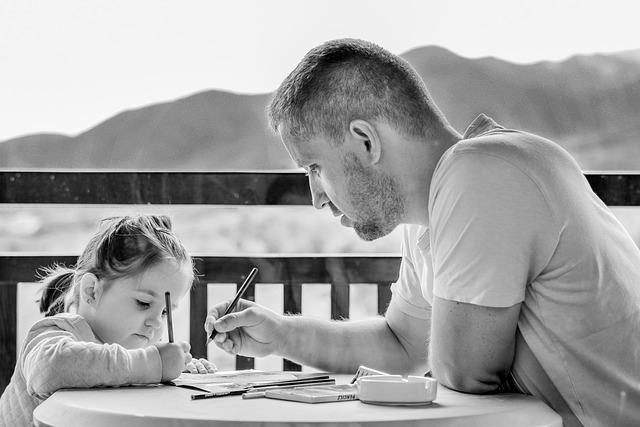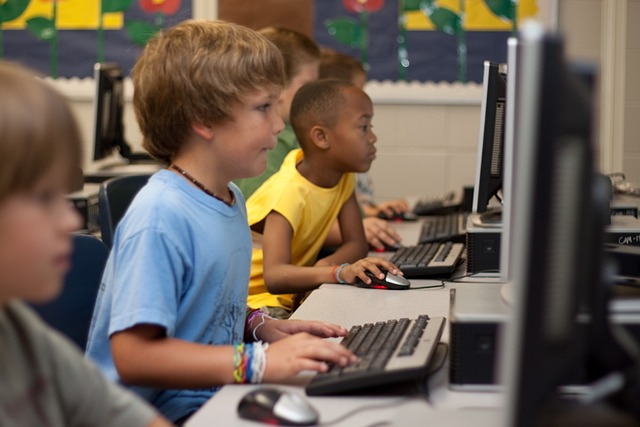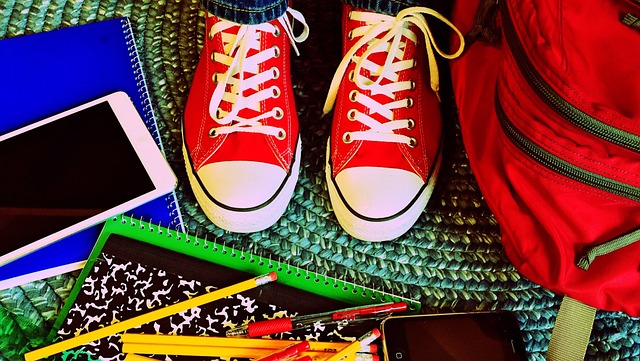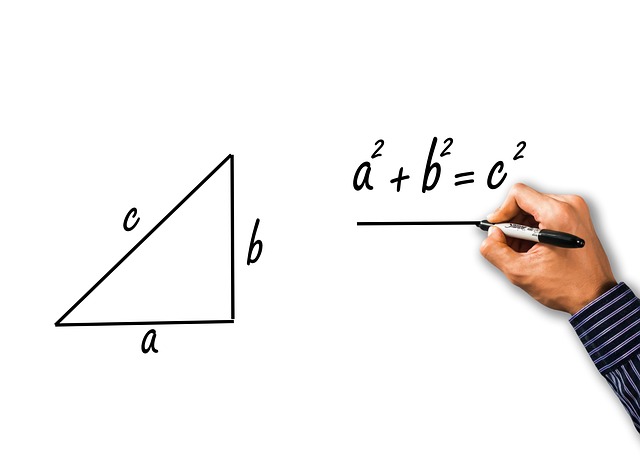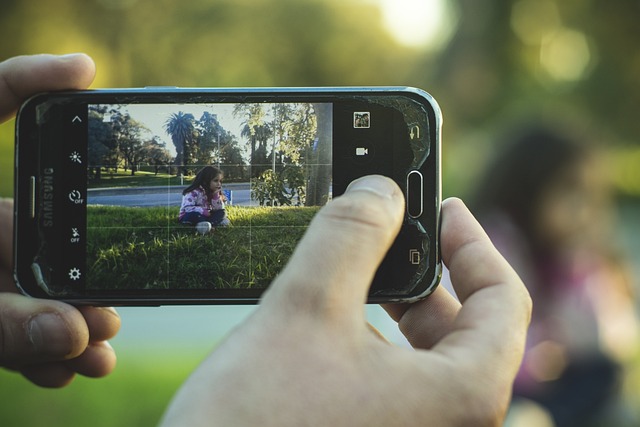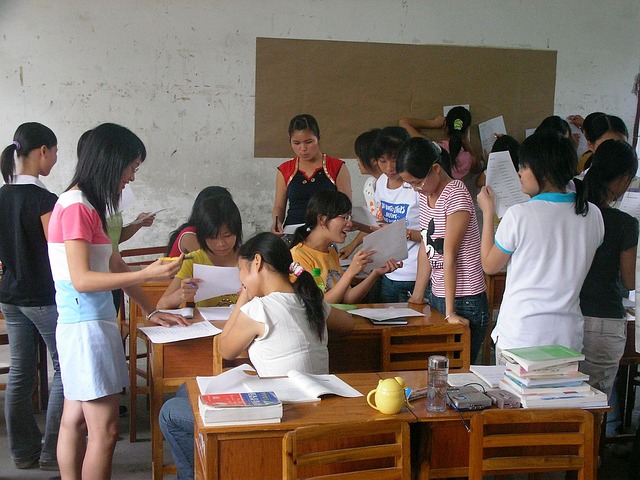Integrating Smartphone Photography Across Classroom Curriculums
In today's digital era, where smartphones are an extension of our hands, harnessing the power of photography in education has never been more accessible.
The ubiquity of smartphones offers a gateway to unlock creativity, engagement, and deeper understanding across various classroom curriculums.
Let's explore how incorporating smartphone photography can transform traditional learning environments into vibrant hubs of discovery for students in grades.
Visual Literacy Across Subjects
Smartphone photography acts as a bridge between visual communication and traditional learning. In English Language Arts (ELA), students can capture scenes from literature and interpret symbolism through visual storytelling.
In Science, photos become a tool for documenting experiments or observing natural phenomena.
Visual literacy permeates the curriculum, enriching learning experiences in every subject.
Creative Expression and Communication
Photography taps into students' creative potential, offering a medium for self-expression.
From poetry-inspired photo essays in Language Arts to creating historical reenactments in Social Studies, students can communicate ideas, emotions, and concepts creatively.
Visual projects foster critical thinking and communication skills essential for the future.
Math Through Visual Representation
Visualize math concepts through photography. Encourage students to capture geometric shapes in the real world or demonstrate mathematical operations through staged photographs.
From angles to symmetry, smartphone photography transforms abstract math into tangible, relatable visual representations.
Historical Documentation and Cultural Exploration
Use smartphone photography to bring history to life.
Students can create time-traveling photo journals, visually documenting historical sites, artifacts, or even reenacting historical moments.
In Social Studies, photos become windows into diverse cultures, enabling students to explore and understand global perspectives.
Environmental Awareness and Science Exploration
Embrace smartphone photography as a tool for environmental stewardship.
Students can document environmental changes, conduct ecological surveys, or even create awareness campaigns through captivating photo documentaries.
In Science, photos become evidence, facilitating the observation and analysis of natural processes.
Personalized Learning and Portfolio Development
Smartphone photography facilitates personalized learning journeys. Students can curate visual portfolios showcasing their growth, achievements, and interests.
As they document their projects, experiments, or creative endeavors, these portfolios become personalized records of their learning journey, encouraging reflection and self-assessment.
Integration of Technology and Critical Thinking
Embrace the technological advancements within smartphones to foster critical thinking skills.
Students can explore various photography apps, learn about composition rules, and experiment with editing techniques.
Analyzing and evaluating these tools prompts students to think critically about their choices and the impact of technology on visual communication.
Engaging Hands-On Learning Experiences
Smartphone photography transforms learning into interactive experiences.
Whether it's a photography scavenger hunt, a visual storytelling project, or an exploration of different lighting conditions, students actively engage with their surroundings, making learning dynamic and enjoyable.
Integrating smartphone photography across curriculums offers a myriad of benefits, fostering creativity, critical thinking, and effective communication skills.
It embraces the technological landscape students inhabit daily, elevating their learning experiences by offering a medium that speaks their language.
As educators, embracing the lens of smartphones opens doors to innovative teaching methods that bridge the gap between traditional education and the digital world, paving the way for a more exciting, dynamic, and effective learning environment for students of all ages.
